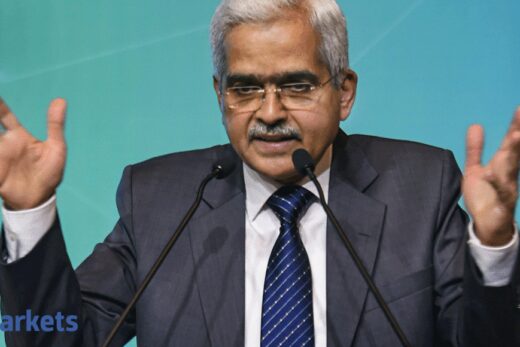ET Now: With e-RUPI, not only is a smartphone not needed but even a bank account is not needed. How will the integration happen at the backend, and what does this mean for the banking landscape?
Deepak Sharma: In many ways, e-RUPI democratises and decentralises the whole chain through which money flows. I would call it as an electronic form of rupee for the very simple reason that you really do not need to manage a lot of other peripheral stuff.
Initially it is for vaccines, but eventually it will make the system far more seamless and easier. The end consumer will probably start relying more and more on electronic form of payment, thereby reducing the need for cash at different points of consumption.
It definitely helps financial institution because as we invest in digital infrastructure, we all want to see less use of cash. Over a period of time, as more and more use cases get unlocked, it will become a very powerful way in which any end consumer — even a child using her pocket money — can ride this e-RUPI rail road.
I think we all need to see the long-term prospect of this. Over a period as community banks, non-banks, NPCI, fintechs come together, I think you will see this taking our digital transaction up probably manifolds.
This is going to help bring the unbanked into in the fold, right?
Absolutely. You do not need the plastic or a card or a branch. You can move money to the remotest corner for a particular purpose. There will be infra through which the end consumer can use that money.
How can the e-RUPI be scaled up? What can private banks do as partners?
The e-RUPI, just like UPI once was, is just the beginning of a platform. If somebody had asked three or four years back where would UPI go, it would’ve been very difficult to answer.
In any typical ecosystem, when different participants come together, they start thinking of how to build new use cases and solve problems. To my mind, e-RUPI is something very similar. We are at a very initial stage, but I see there are multiple use cases. The biggest of them is as stored value for a mass distribution-led ecosystem.
The question now is what all can ride on this. It is about imagining how to replace cash through this without the need of an intermediary bank account. One example is domestic remittance which in India is huge. If we start looking at the movement of money within the country — and not just subsidy — many people who are being sent money do not even have bank accounts. So we just need to start thinking of unbanked targeted use cases.
Just like any of our previous success stories, I think it is again something where the tech players, the market makers, the regulators have all joined hands together. I am quite upbeat because we probably will see many many opportunities coming out of corporate, from banks, from even individuals, even probably people who are giving donations to charity.



